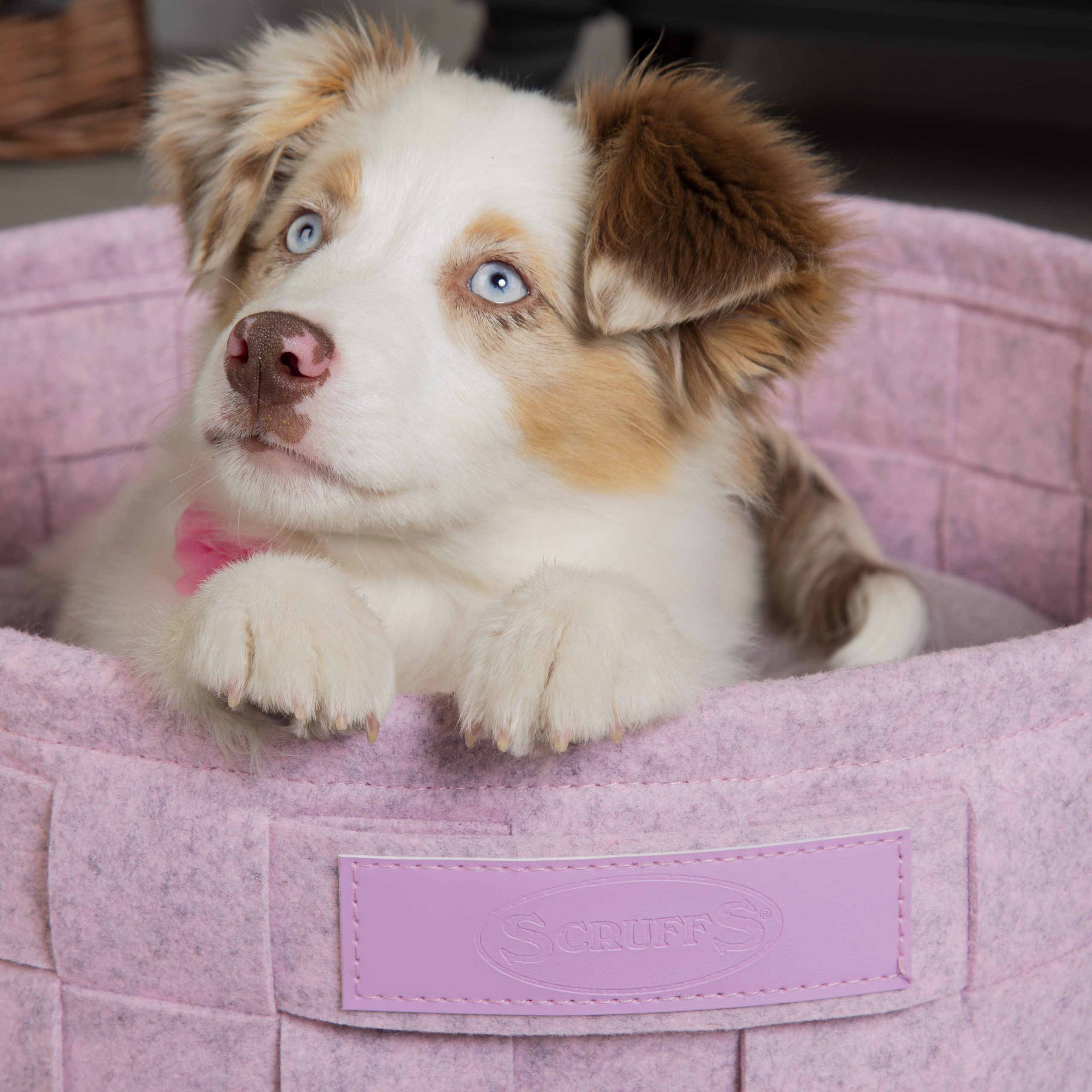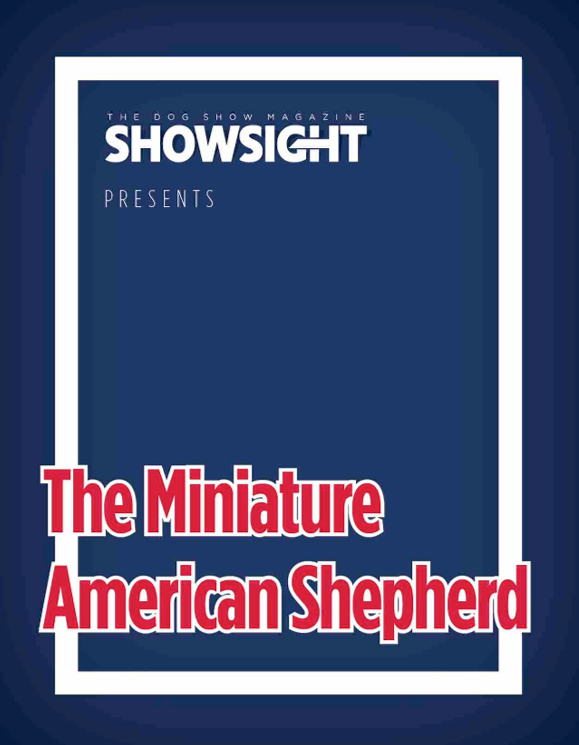Want to know more about the breed?
You’ve come to the right place, we’ve got lots of information for you to take a look through!
Miniature American Shepherds
—— All round great dogs!
The miniature American shepherd is a small- to medium-size herding dog breed from the United States that has a medium-length double coat and resembles a smaller version of the Australian shepherd. In fact, the mini American shepherd was bred down from the Aussie and still possesses the athleticism and intelligence of its larger cousins. These small dogs can be quite adventurous and adaptable, and they enjoy an active lifestyle.
Breed Overview
Enrich our growing community.
GROUP: Herding
HEIGHT: 13 to 17 inches (female), 14 to 18 inches (male)
WEIGHT: 20 to 40 pounds
COAT: Medium-length double coat
COAT COLOR: Blue, blue merle, red, or red merle with/without white markings and/or tan points
LIFE SPAN: 12 to 13 years
TEMPERAMENT: Intelligent, active, playful, reserved with strangers
HYPOALLERGENIC: No
ORIGIN: United States
History
The Miniature American Shepherd was developed in California during the late 1960’s with the breeding of small, unregistered dogs that were thought to be Australian Shepherds. These dogs were bred with a goal of maintaining their small size, active character and intelligence.
The breed was first registered with the National Stock Dog Registry in 1980 and was originally called the Miniature Australian Shepherd. By the early 1990’s, they had attained nationwide popularity. Several clubs promoted these small dogs, as they were registered and shown with various rare-breed organizations. The first parent breed club and registry, MASCUSA, was formed in 1990 and incorporated in 1993. The breed entered the AKC Foundation Stock Service as the Miniature American Shepherd in May 2011. The Miniature American Shepherd Club of the USA (MASCUSA) is the designated national parent club of the American Kennel Club and the breed gained recognition as a member of the Herding Group in July 2015.
The breed has been used for herding smaller stock such as sheep and goats, although they have the heart to tackle larger stock as well. Their small size was looked upon with favor, as they could more easily double as a household pet. They became especially popular with equestrians traveling to horse shows, as their intelligence, loyalty, and size made them an excellent travel companion. In this way their popularity spread across the country. Today, the Miniature American Shepherd is established across the U.S. and internationally. It is a breed with a unique identity – an eye catching, versatile little herding dog, equally at home on a ranch or in the city.
Breed Standard
Effective June 27, 2012
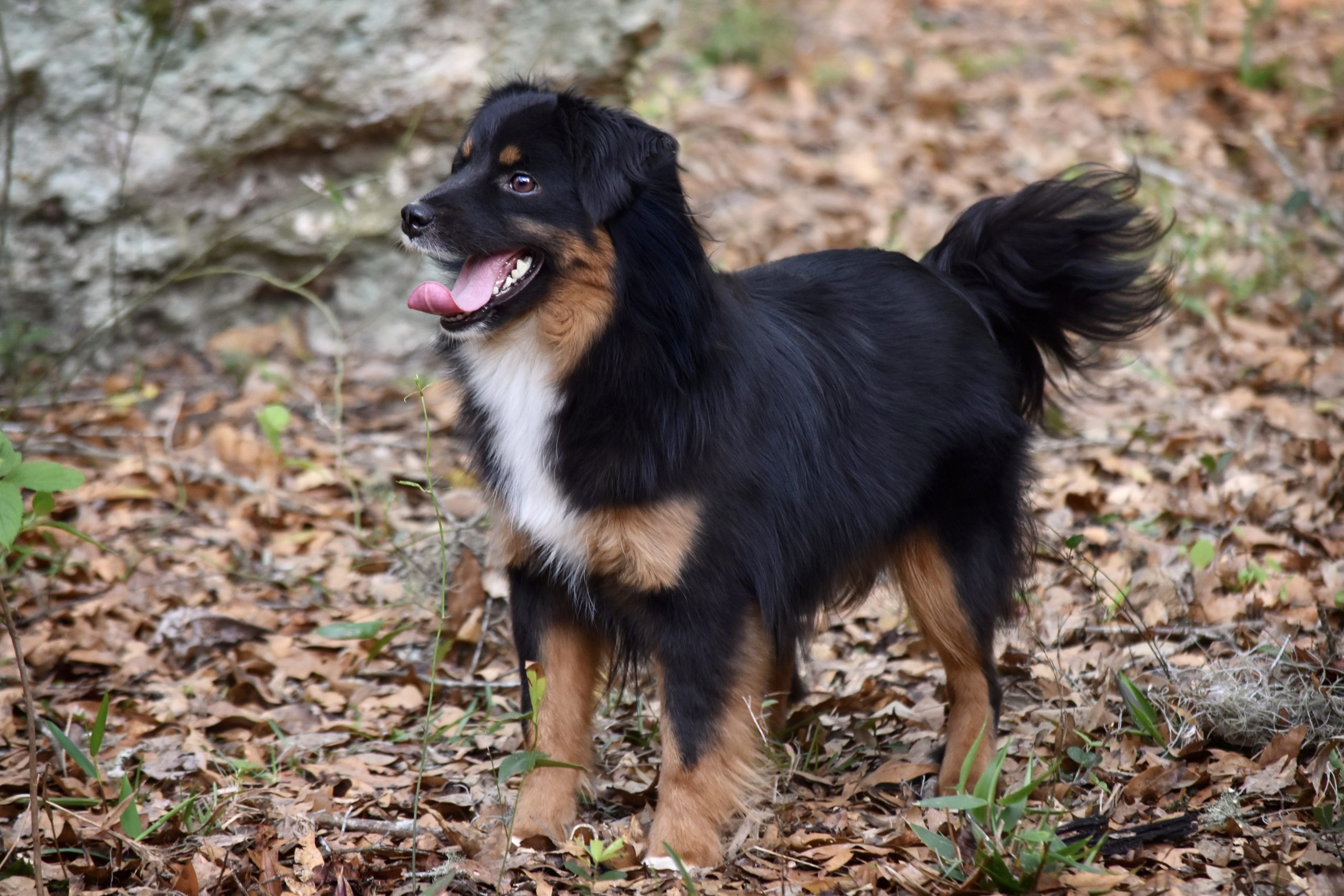
Black tricolor
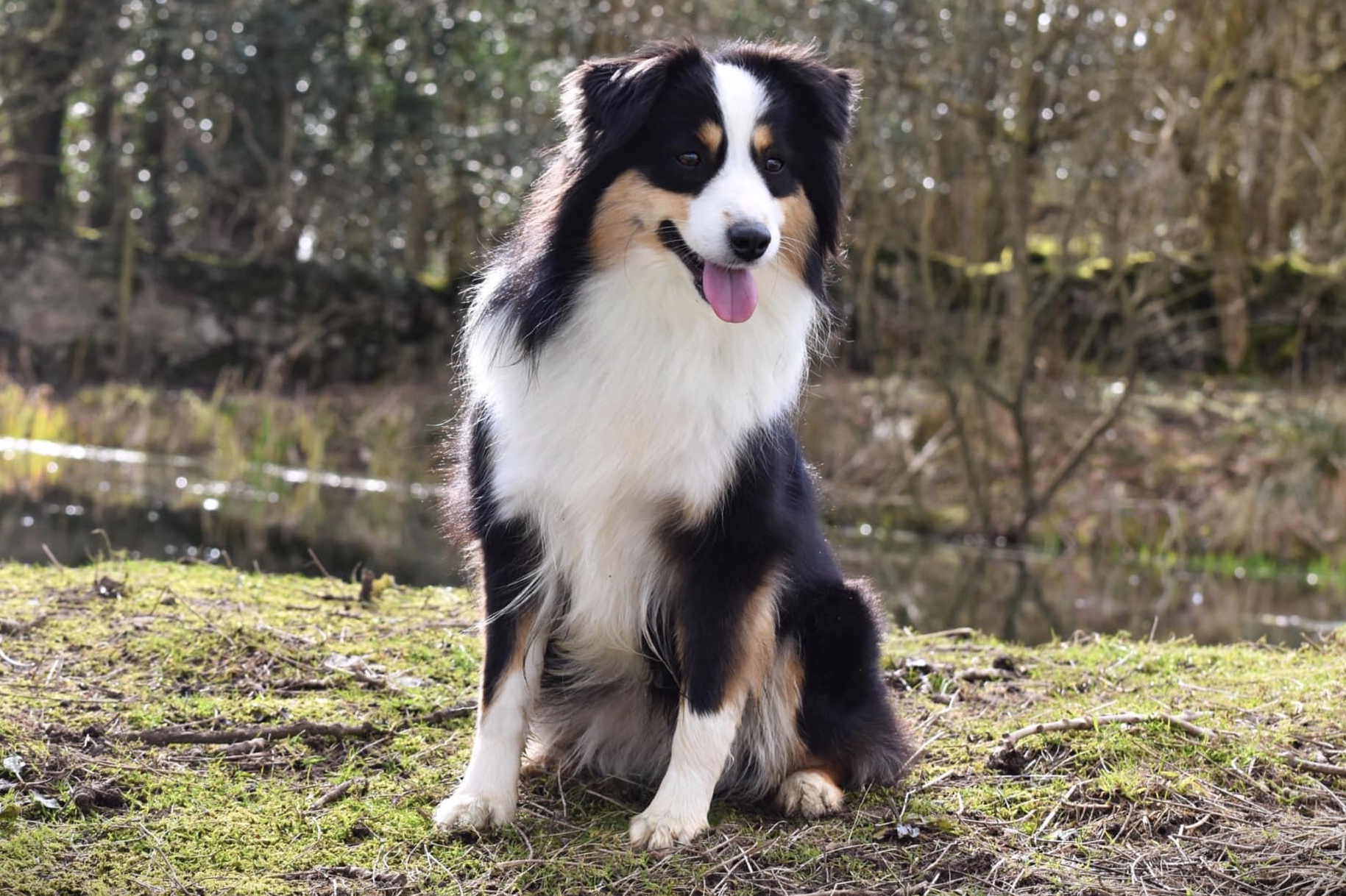
Black bicolor
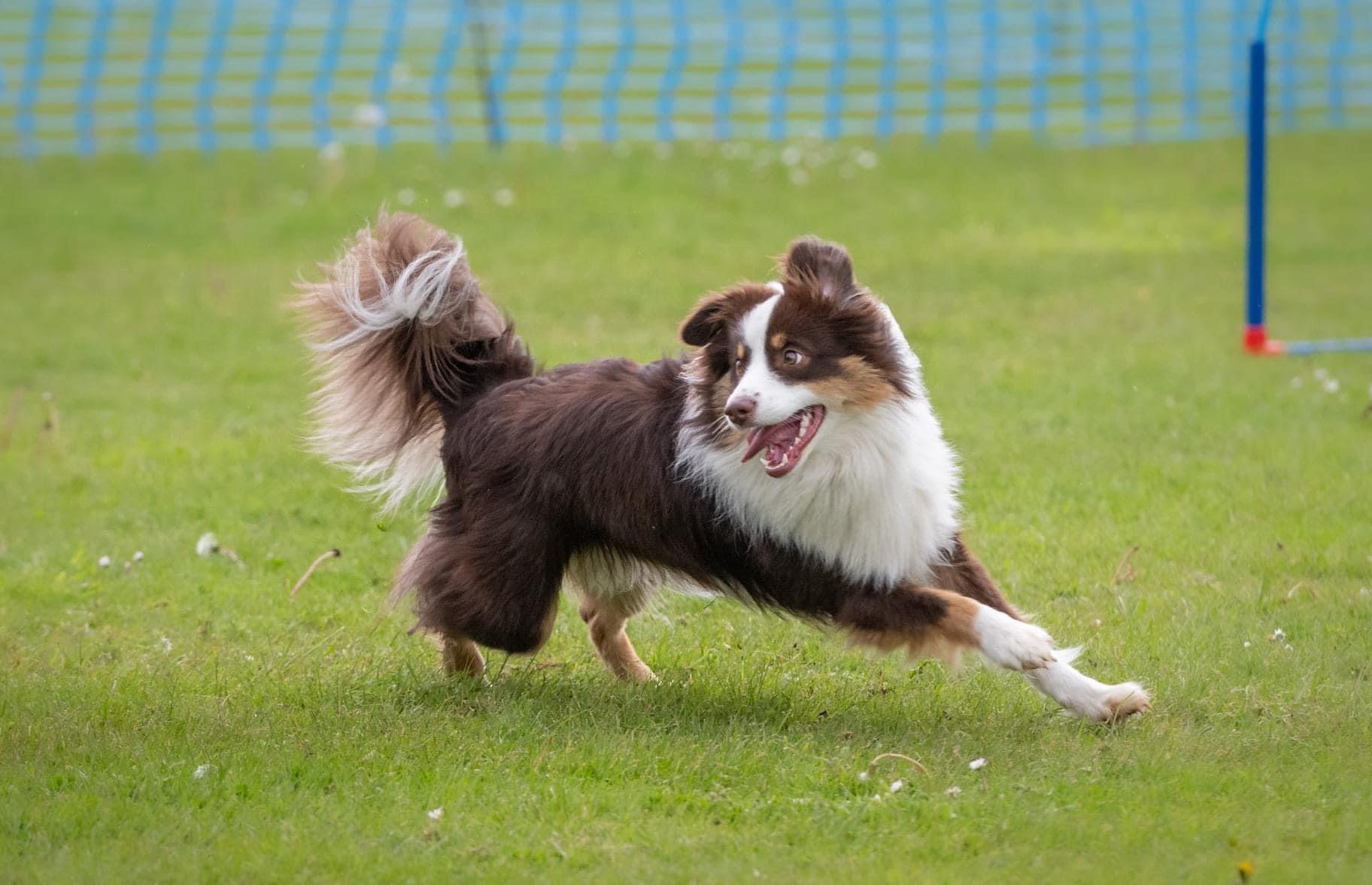
Red tricolor

Red bicolor
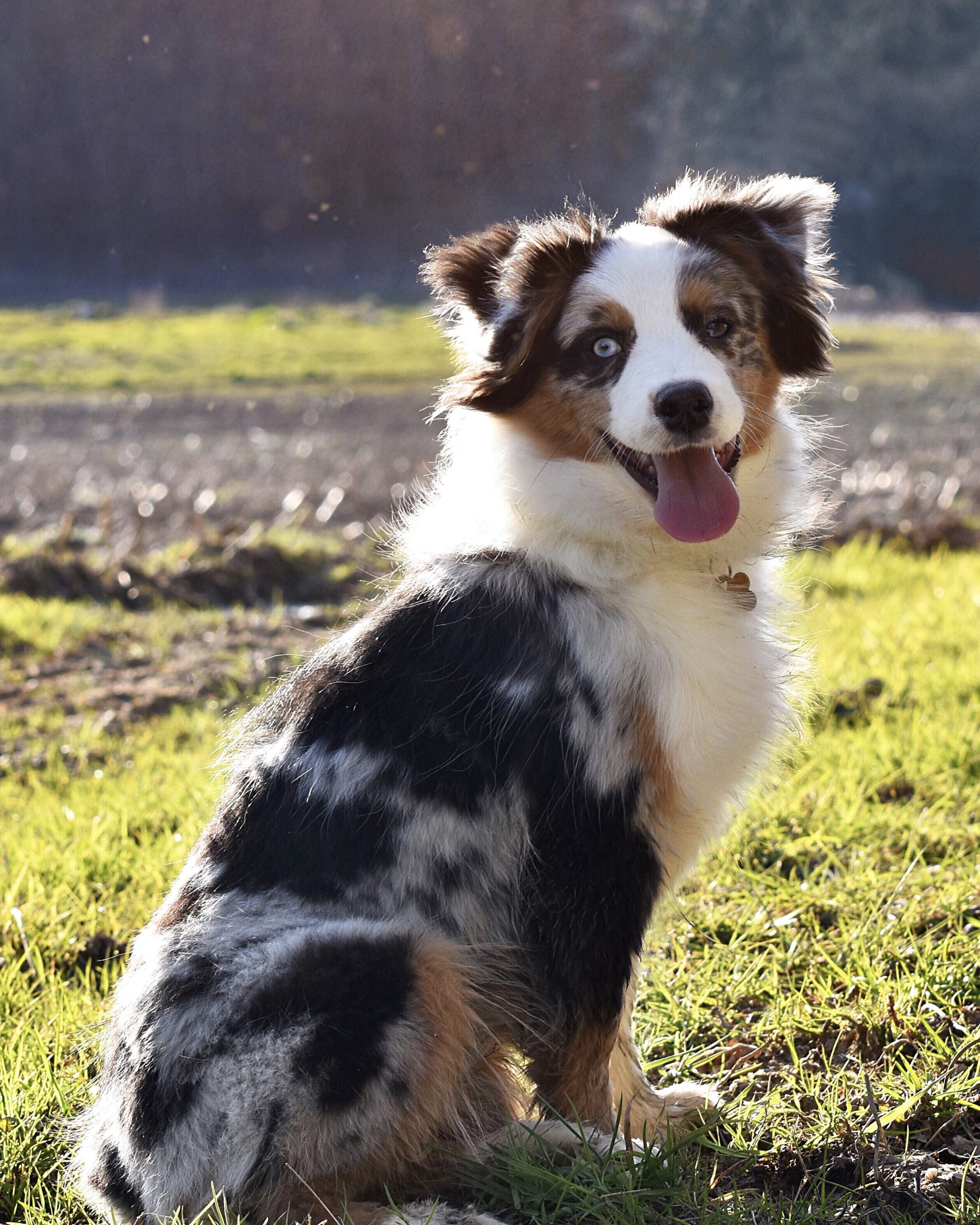
Blue merle white & tan
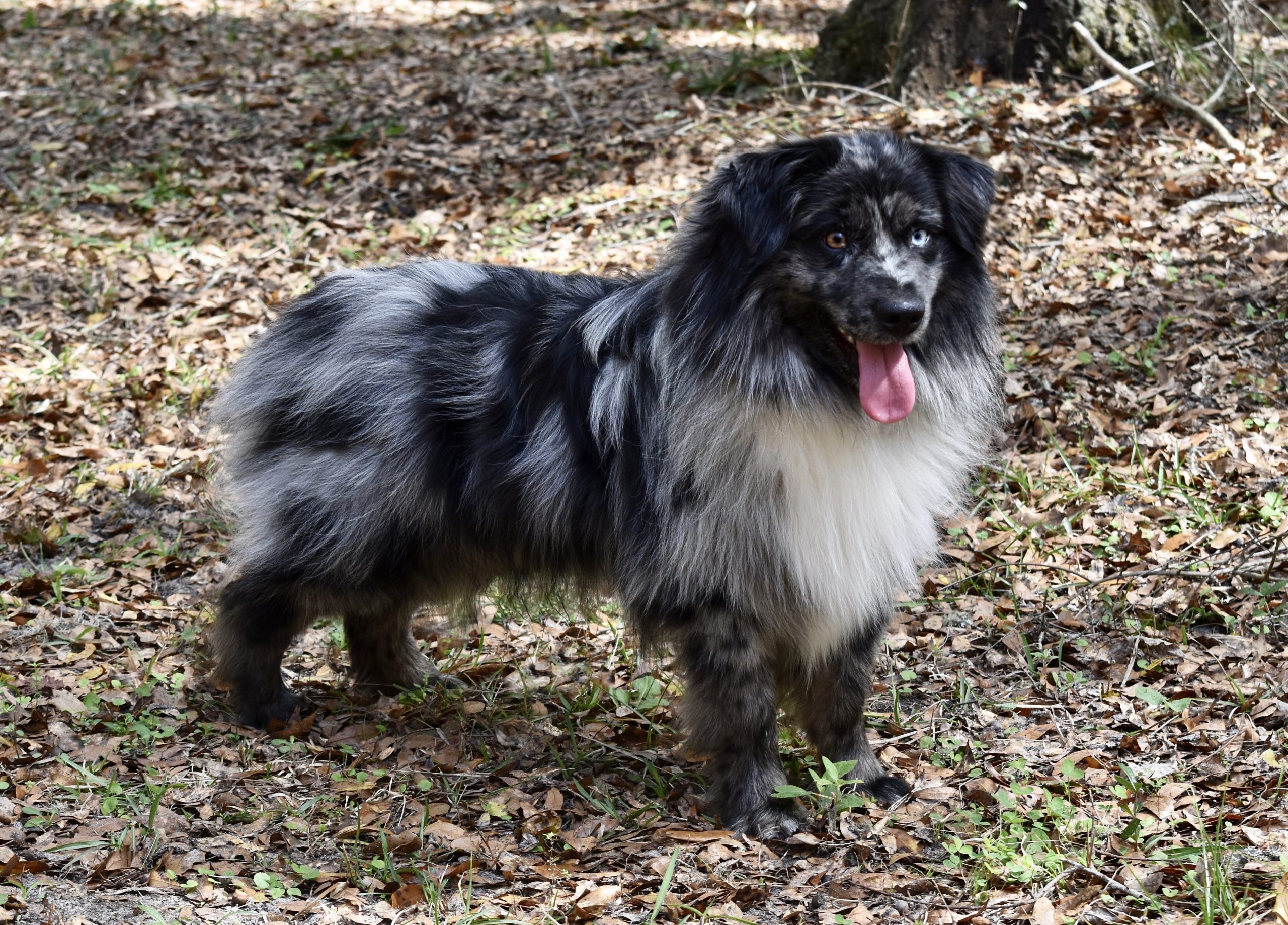
Blue merle, white
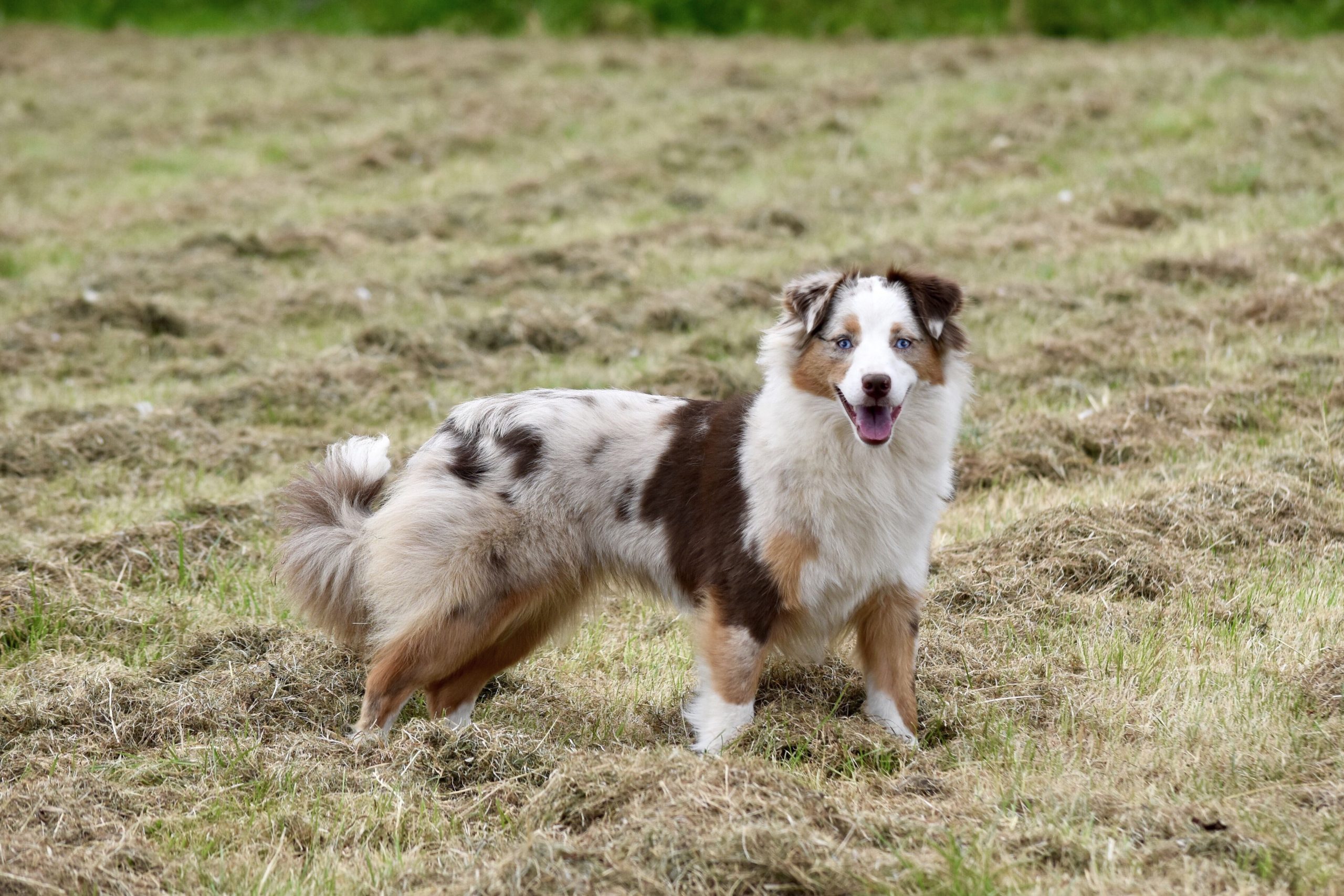
Red merle, white & tan

Red merle, white
More Information
Health Testing
HD – Hip Dysplasia (ASHGI Official Document)
ED – Elbow Dysplasia (ASHGI Official Document)
MDR1 – Multi-Drug Resistance 1 (ASHGI Official Document)
HSF4 – Hereditary Cataracts (ASHGI Official Document)
DM – Degenerative Myelopathy (ASHGI Official Document)
PRA – Progressive Retinal Atrophy (ASHGI Official Document)
CEA – Collie Eye Anomoly (ASHGI Official Document)
Eye Health & Exams (ASHGI Official Document)
CMR1 / CD – Canine Multifocal Retinopathy & Cone Degeneration (ASHGI Official Document)
HCM – Hereditary Cobalamin Malabsorbtion (ASHGI Official Document)
Epilepsy (ASHGI Official Document)
Cancer – Hemangiosarcoma & Lymphoma (ASHGI Official Document)
Thyroid (ASHGI Official Document)
Luxated Patellas (ASHGI Official Document)
Cruciate Ligament Ruptures (ASHGI Official Document)

